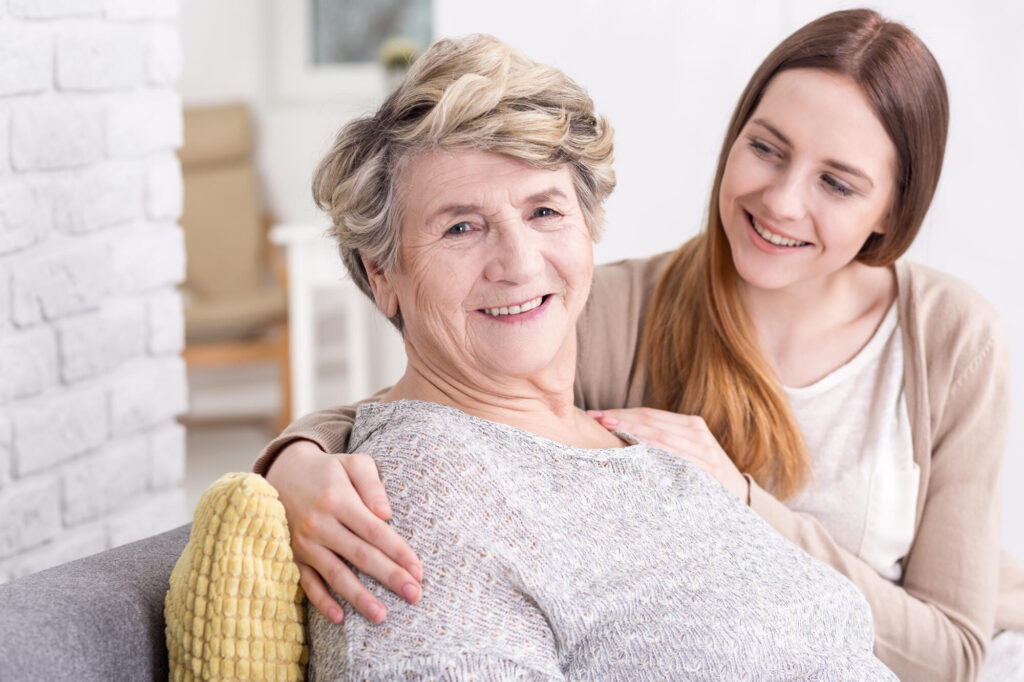The elderly population is growing worldwide. With it comes the need for better health and support systems. Wellness programs have become an important part of helping older adults. This aims to maintain independence and quality of life.
These programs are no longer limited to physical health alone. They now include emotional, social, and cognitive elements that contribute to overall well-being.
Today, wellness initiatives for seniors are more creative, accessible, and inclusive than ever.
Technology-Driven Wellness
One of the biggest changes in elderly care is the use of technology. Seniors now have access to:
- virtual fitness classes
- online meditation sessions
- telehealth services
Wearable devices such as smartwatches help track:
- vital signs
- sleep patterns
- activity levels
These tools not only give seniors more control over their health. These also keep caregivers and families informed. Technology also makes it easier for those with mobility challenges to stay engaged from the comfort of their homes.
Social Engagement Programs
Loneliness is a common challenge for older adults. But wellness programs are addressing this with innovative approaches. The following are creating more opportunities for interaction:
- community centers
- senior clubs
- online platforms
Programs now focus on group activities that encourage bonding such as:
- dance
- art classes
- storytelling sessions
Intergenerational programs, where seniors interact with younger generations, also promote social connections. These activities help combat isolation and support emotional well-being.
Mind and Body Integration
Wellness programs are now blending physical health with mental wellness. Gentle exercises like the following are paired with breathing practices and mindfulness:
- yoga
- tai chi
- stretching
These activities not only improve flexibility and balance. They also reduce stress and anxiety. Mental stimulation is also a key focus. Seniors are encouraged to join activities that keep the brain active such as:
- memory games
- puzzles
- workshops
By addressing both body and mind, programs create a balanced approach to healthy aging.
Personalized Wellness Options
Another trend is personalization. Instead of offering the same program to everyone, wellness initiatives are now tailored to individual needs. Health assessments and lifestyle preferences are taken into account when designing activities.
For example, someone who enjoys gardening may be given outdoor activity options. While another may prefer art therapy. This customization ensures that seniors remain motivated and engaged. Personalized plans also make it easier to address chronic conditions. This is while promoting overall wellness.
Wellness Activities for Seniors
A strong focus of modern wellness activities for healthy aging is on creating enjoyable and purposeful routines. Activities that blend fun with health benefits are becoming more popular. The following are just a few examples:
- cooking classes that teach nutrition
- walking groups that encourage exercise
- music therapy that supports emotional health
These programs not only support physical strength but also bring joy and fulfillment. By making wellness part of everyday life, seniors are more likely to stay active and positive.
All About Wellness Programs for the Elderly
The landscape of wellness programs for the elderly is changing in exciting ways. Seniors now have access to more engaging and effective care. It comes with technology, social interaction, mind-body practices, and personalized options.
These innovative approaches not only improve physical health. It also nurture emotional and social well-being. As wellness programs continue to evolve, they will play a vital role in helping older adults live healthier, happier, and more independent lives.
Looking for more tips and ideas? We’ve got you covered. Check out some of our other posts now.






